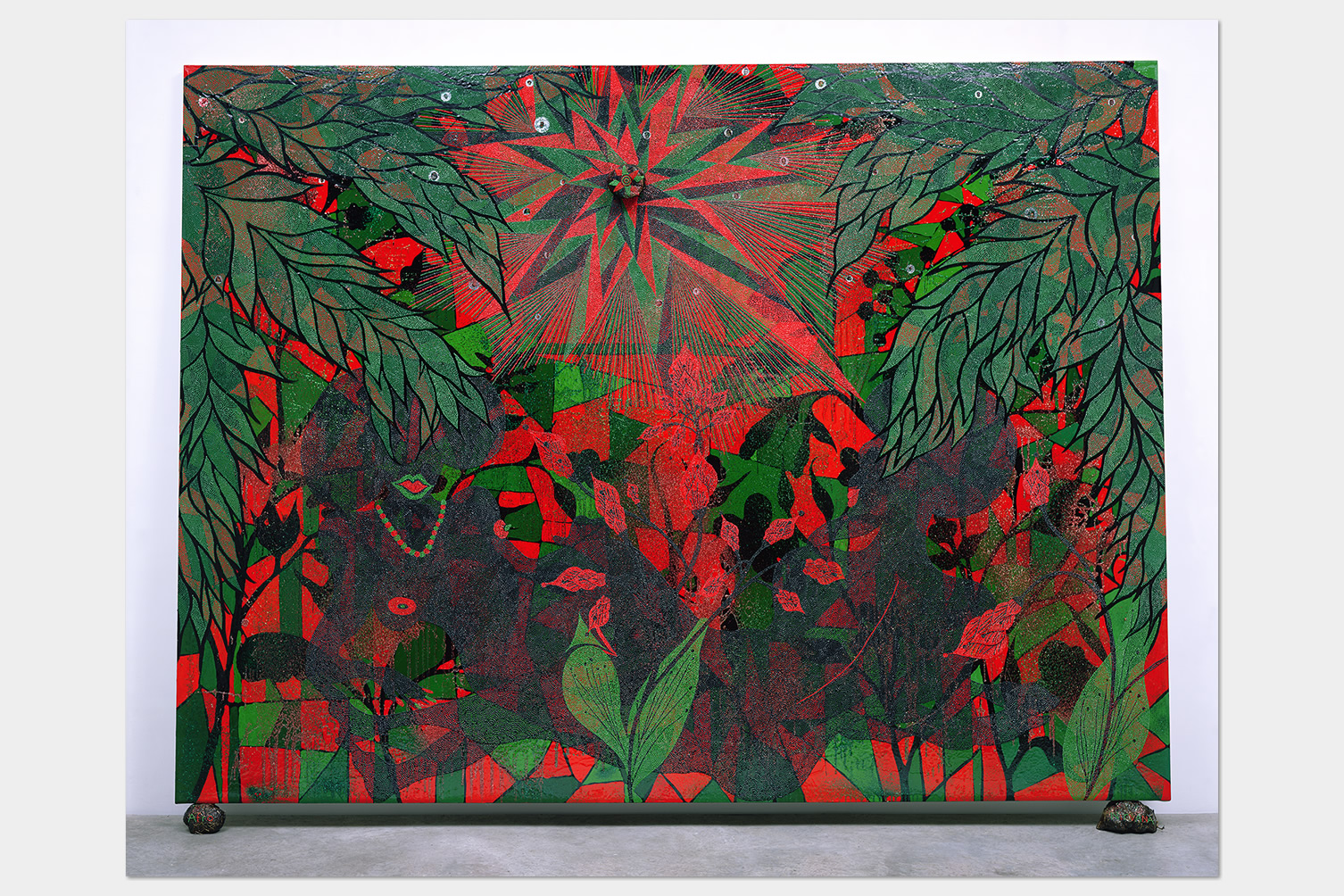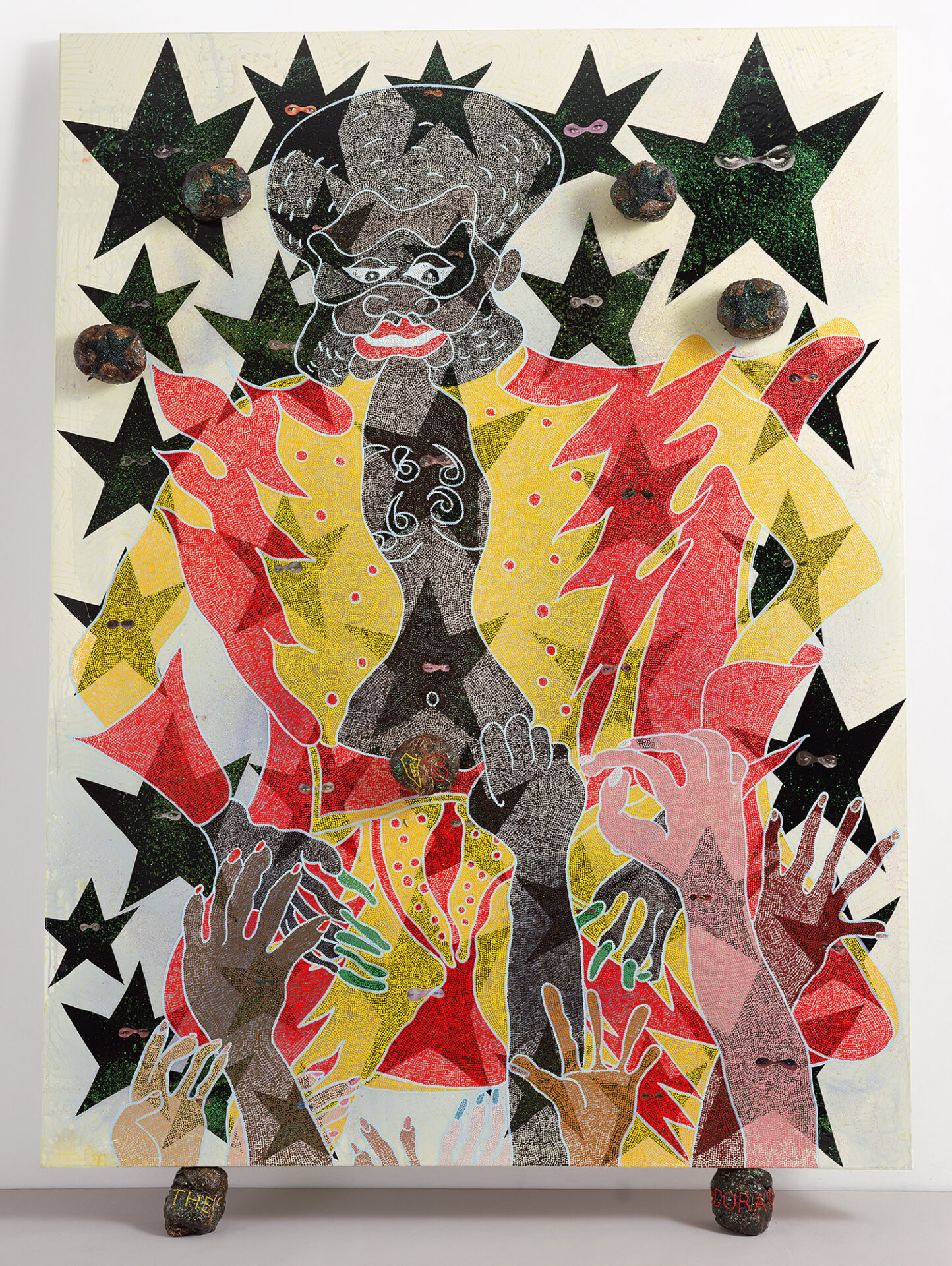Reproducing art in the printed form is always such an interesting proposition.
Some reproductions, in a framed print or book format, for example, can leave a lot to be desired. Mostly this is because of mass production rather than fine art printing, which is where giclée comes in.
Imagining trying to reproduce one of Anni Albers remarkable woven tapestries for example, or the painted works of Chris Ofili, who himself ventured into the world of tapestry for his recent piece, Caged in Paradise. In some respects, these detailed, bold statements make perfect choices for print – Alber's geometric patterns and Ofili's bold, almost graphic style are visually interesting works of art. Who wouldn't want your own copy on a wall at home. Whereby others may argue that these types of pieces shouldn't be reprinted due to the tactile medium they were first made.
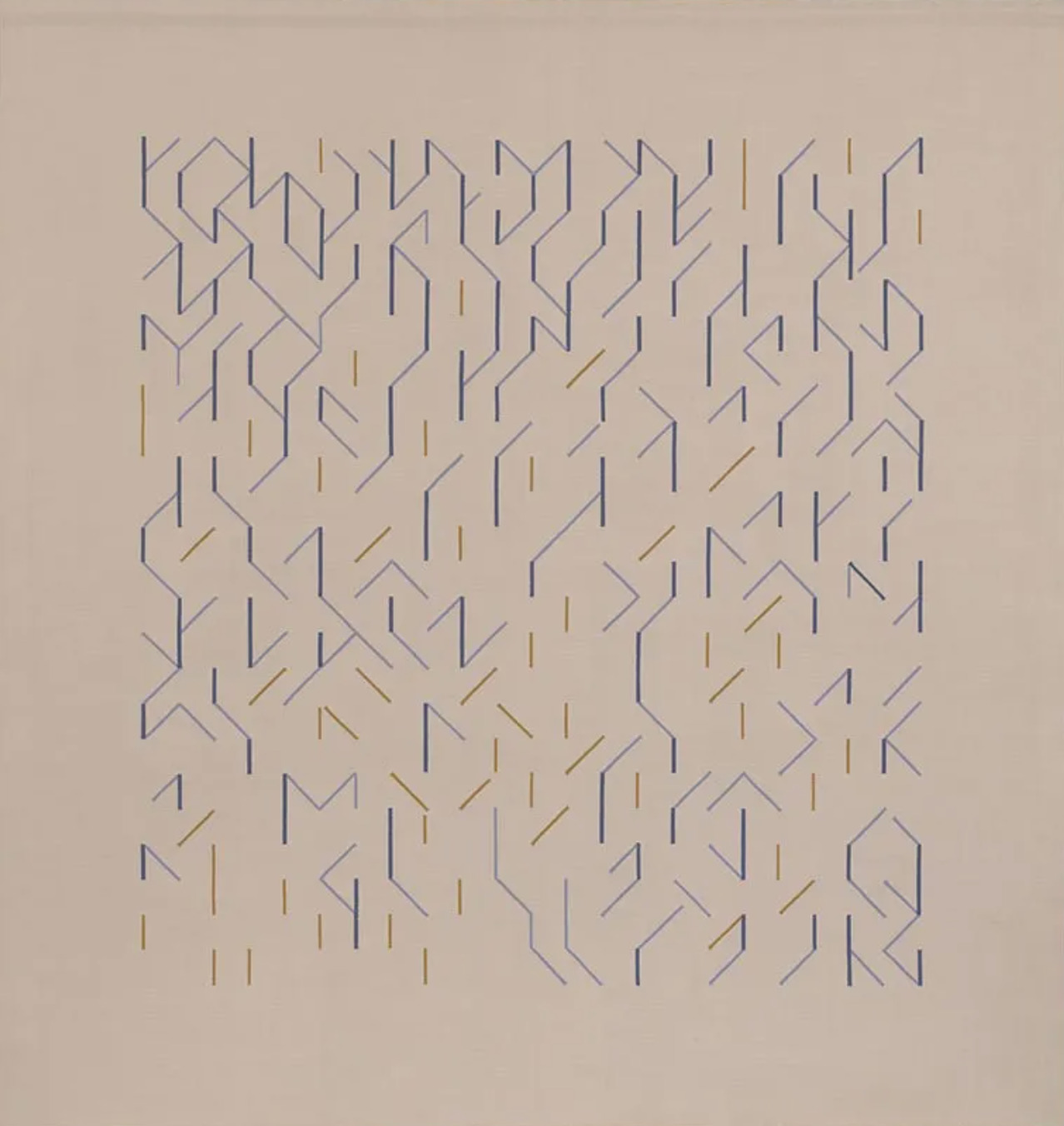
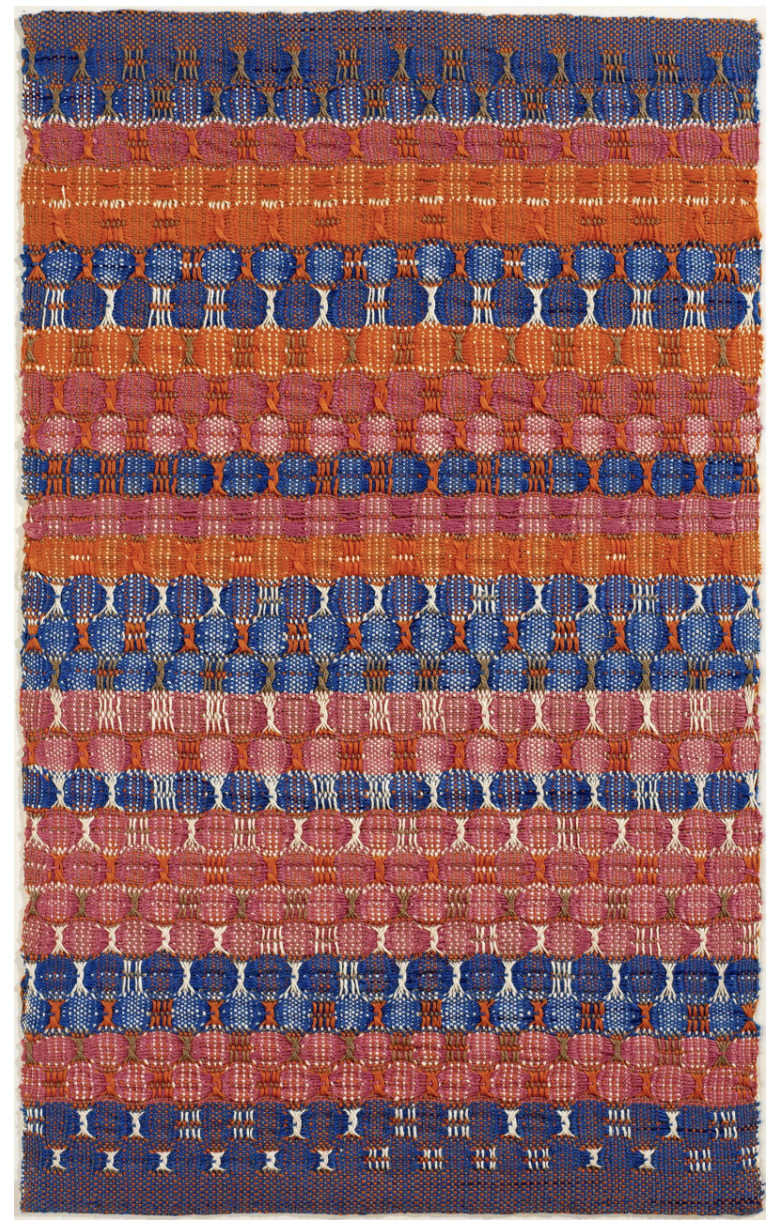
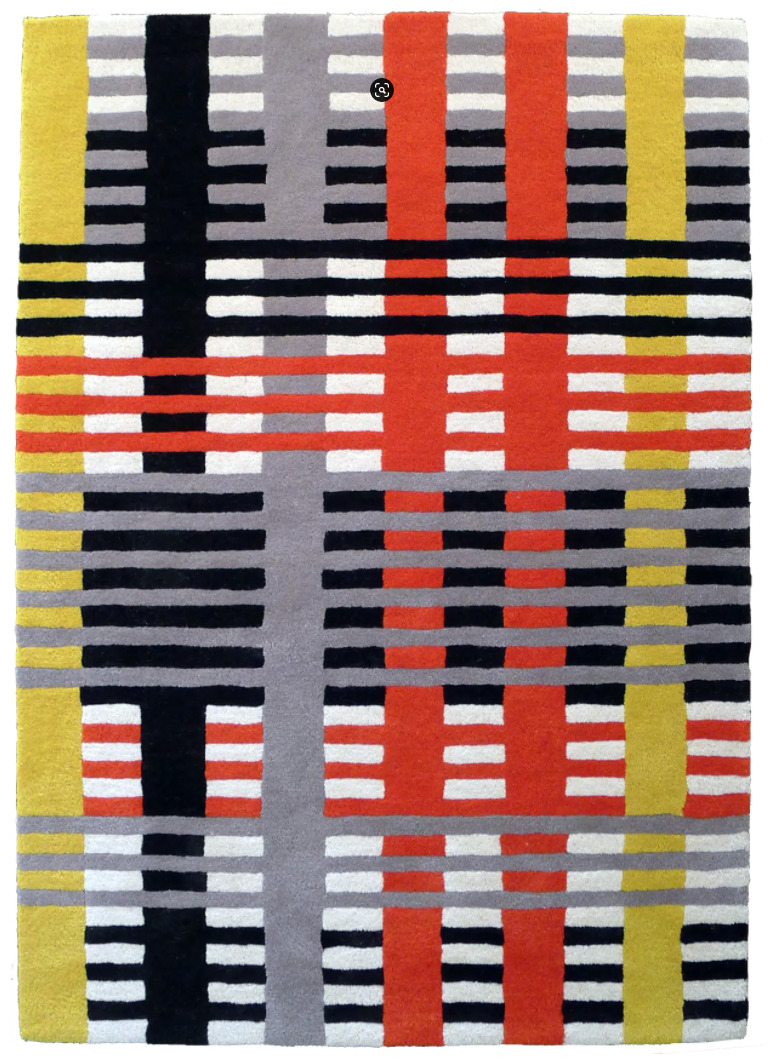
For artists who do wish to offer printed reproductions of their work, whatever the original format, how would they go about the process?
Assuming the work hasn't been created on a computer, we ultimately need a digital file for reproduction. And to get there it is really worth the time and expense to have the work captured professionally. If you do have a digital file, just double-check the settings and size, and send us the artwork.
If you don't have a file and need to create one, depending on the size of your work, you could scan using a professional quality scanner or photograph your artwork, perhaps using a rostrum camera to shoot from above, allowing for maximum area space. Just make sure the lighting is correct to avoid any unwanted shadows and enhancing our chances of capturing the colours, texture, and nuances of the original as close as possible. Positioning a pair of lights equal distances from the item being photographed is called 'copy lighting,' because the purpose is trying to make as exact a copy of the subject as possible, and consistent and even lighting is so important.
If you are an amateur (or even a professional photographer) and would like some help photographing your own art, this is a simple and helpful blog on the subject of how to photograph paintings and prints with copy lighting. Remember to put your scans and digital photographs through a photo editing program if you are doing this yourself so there are no unseen, or unwanted blemishes before you send us the files for print. A professional operation should be offering this as part of their service to you already.
Making an investment into the scanning or the photoshoot gives us the greatest chance possible of producing the best prints possible. We know, after all, that we have the best fine art print kit on the market at our disposal, the Epson SureColor fine art inkjet.
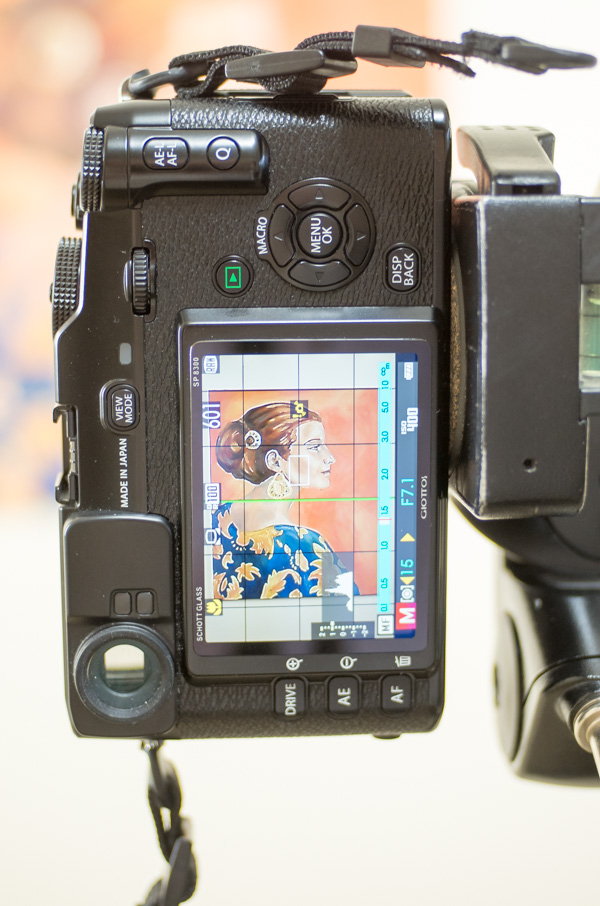
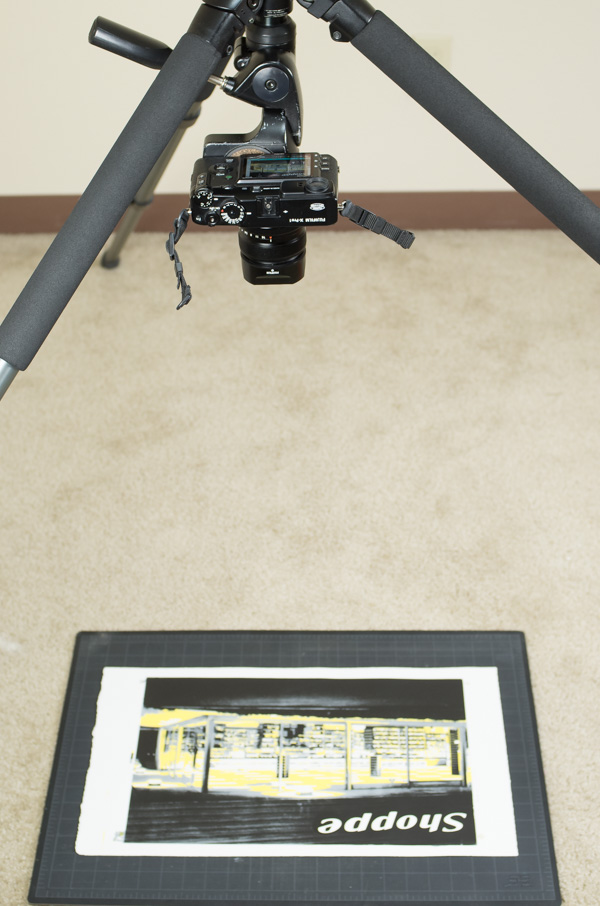
The giclée fine art printing process for reproducing pieces of art as one-offs or limited edition runs is the perfect process for artists. And if we can have the original with us when reproducing the digital file, it gives us further opportunity to get as close to the original art as possible. Having the piece next to us allows us to see first-hand if any adjustments can be made to fine-tune the colour, depth or character of the prints. If not, don't worry, we always use the correct print profiles for the media being used. These profiles have been developed by specialist print technicians to align the qualities of the printer and materials as one.
If you are scanning artworks, please do so at least at 300dpi actual size, and our preferred colour profile choice for the best photographic printing is Adobe RGB (1998). You can read more about our giclée printing services.
The next stage, once we have the digital files from you, is to take a look at the paper selection available. We can send you a sample pack of papers or pop in and see us in our central London production studio on Great Titchfield Street.
We use special sustainable archival quality paper, one of the main features of a certified giclée print. Those on offer include specially selected smooth, pearl, semi-gloss and textured papers, giving you a variety of options to choose from depending on the aesthetic you are looking for.
Giclée printers use pigment-based inks rather than dye-based. Pigment-based inks have a longer print lifespan than conventional inkjets dye inks, and when coupled with archival paper, can last 65-85 years without any real fading.
Lastly, let us know how many copies you would like and if you would like an additional border on the prints. It's even possible to come into the studio to sign each limited edition print if required before they are packed.
If you would like to place an order for giclée fine art prints or have any questions, you can contact us via email print@thegraphicaltree.com or on 020 7580 4405.
